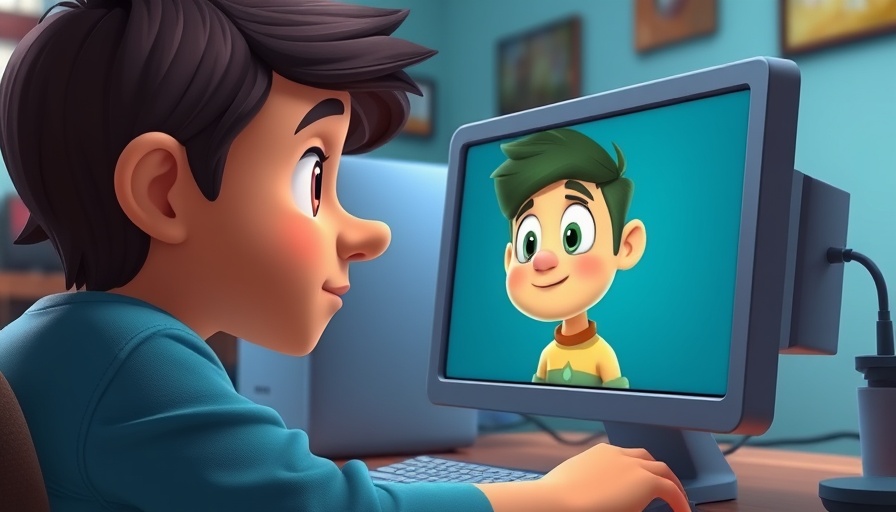
Unveiling the Silent Language of Our Eyes
New research from McGill University has revealed a fascinating aspect of human interaction: our eyes possess the ability to communicate complex social information without any vocalization. This study suggests that the primal capacity to transmit mental states through glances may have been crucial for our survival in environments where silence was necessary to avoid predators. Rather than relying on words, humans have evolved to pick up on the subtle cues conveyed by the movements of fellow beings’ eyes, thus facilitating a silent but meaningful exchange of information.
The Science Behind Gaze and Social Dynamics
According to the research, the act of gaze-following plays a vital role in our social development. Professor Jelena Ristic, who has spent over two decades studying these intricacies, states that, "Humans have a long history of living in complex groups and social situations, which has sharpened our ability to understand social cues from faces, particularly from the eyes." This perspective aligns the findings with evolutionary psychology, proposing that the ability to decipher unspoken messages could enhance group cohesion and collaboration.
Historical Context: How Eyes Have Influenced Human Connection
The ability to communicate nonverbally can be traced back to the very roots of human interaction. In prehistoric times, when early humans faced threats from predators, the need for discreet communication likely led to an increased reliance on visual cues. This silent language not only promoted survival but also laid the foundation for social structures that rely heavily on unspoken connections. Anthropological evidence suggests that tribes that were adept at nonverbal communication thrived, underscoring the importance of this skill.
Future Predictions: The Role of Technology in Nonverbal Communication
As technology evolves, the implications of this research could extend into virtual interactions. In an age where video calls and virtual meetings are part of daily life, understanding how we communicate through our eyes could revolutionize how we engage in online settings. Innovations in eye-tracking technology could further enhance our ability to understand remote interactions by capturing subtleties in gaze that might be overlooked today. Future developments might not only aid in business settings but also enhance personal connections in an increasingly digital world, allowing for more genuine emotional exchanges.
Practical Insights: Harnessing Eye Communication for Better Relationships
Recognizing the strength of nonverbal communication can significantly improve relationships. Practicing conscious eye contact can foster deeper connections in both personal and professional settings. As eye movements reveal not only focus but also emotion and intention, becoming attuned to these signals can enhance empathy and understanding. Tools such as mindfulness practices can help individuals become more aware of their own eye movement patterns, allowing them to communicate more effectively with others.
Emotional and Human Interest Angles: Sharing Stories of Connection
Understanding the silent language of our eyes provides a heartwarming glimpse into human connection. Stories abound of individuals who deepened their relationships through the power of gaze. A child’s gaze upon a parent can signify love and trust, while a fleeting glance between friends can convey understanding without a single word being exchanged. These instances illustrate how our eyes serve as windows to our inner thoughts and feelings.
This research is not merely an academic curiosity; it speaks to our ongoing quest for connection and understanding in a world that often leans heavily on verbal communication. By embracing the nuances of eye communication, we stand to enhance our relationships and create more profound social bonds.
To explore more about how eye communication can enhance your relationships and overall well-being, consider seeking out community health and wellness workshops centered on effective communication strategies. The journey to better understanding those around us may begin with the glimmers in their eyes.
 Add Row
Add Row  Add
Add 




 Add Row
Add Row  Add
Add 


Write A Comment